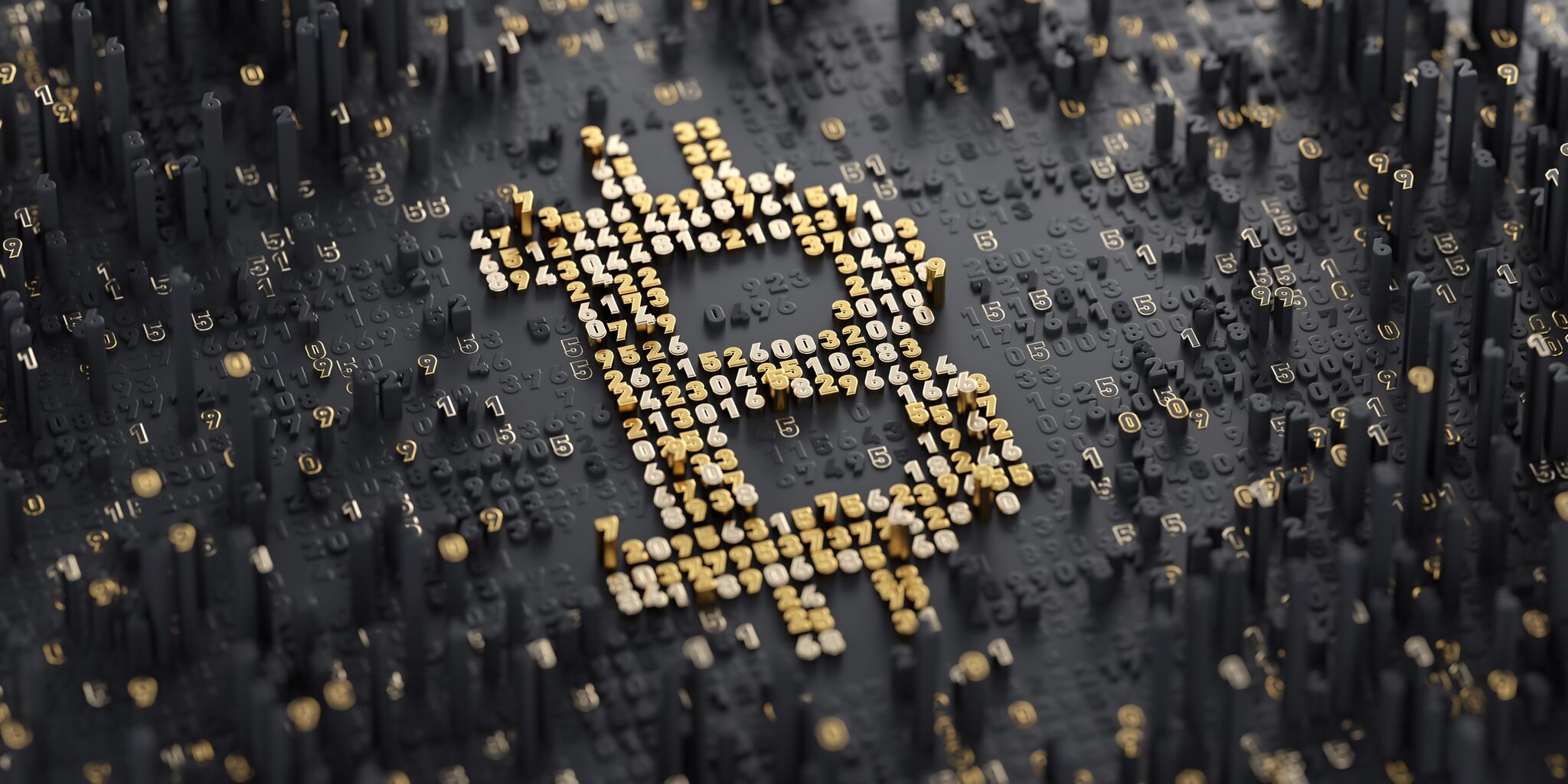
Interactions between cryptocurrencies and investor attention have been analysed through a number of avenues, with evidence to date indicating non-linear relationships between cryptocurrencies and the Twitter Happiness Sentiment and cryptocurrencies (Naeem et al., 2021), with effects found to influence other cryptocurrencies (Kraaijeveld and De Smedt, 2020), while effects are found to be particularly pronounced during bubble phases (Rognone et al., 2020, López-Cabarcos et al., 2021). Akyildirim et al. Research surrounding NFTs has recently developed at pace (Bouri et al., 2021, Karim et al., 2022) presenting evidence of significant market interactions. (2021) find that DeFi and NFTs bubbles, while less recurrent than other cryptocurrency bubbles, are nevertheless significantly larger. Research based on DeFi products has remained quite limited to date. Maouchi et al. Such results are of interest for policy-makers and cryptocurrency investors alike. (2021a), results also suggest DeFi tokens form separate asset class from conventional cryptocurrencies. Results are consistent with DeFi token prices being driven by investor attention rather than fundamentals. In contrast, and importantly, we evidence bi-causal relationships between DeFi tokens and investor attention across both bull and bear markets. This suggests that Bitcoin, as a cryptocurrency asset-class leader, and Ethereum, as a technically connected to DeFi as a platform supporter, have limited influence on DeFi prices except during bear markets. Further, using a MS-VAR methodology that accommodates non-linearity, across a variety of bullish and bearish regimes, we evidence varying causality, with interlinkages between DeFi and both Bitcoin and Ethereum being considerably more pronounced during bear markets and rather negligible during bull markets. This is found to be primarily driven particularly by negative Bitcoin returns. Using a MS-VAR analysis, we find that causal relationships between DeFi and Bitcoin only occur during bear markets. We focus on five of the largest DeFi tokens by market capitalisation, testing whether connectedness to Bitcoin, as a cryptocurrency asset class leader, Ethereum, as a primary platform for DeFi, and investor attention, as captured by Google Trends.
WHICH ARE DEFI COINS DRIVERS
We investigate the drivers of DeFi token prices (market trend, technical connectedness, or investor attention, using Mackey–Glass causality testing along with Markov regime switching vector autoregression analysis. Therefore, it is important to further our understanding of these growing products, particularly due to the widespread potential the product has as a disruptive financial force. However, if regulatory issues can be overcome, DeFi has the potential to become a significant international financial asset (Hu et al., 2021). While a substantially developing asset, DeFi has also be exposed to a number of scams and hacks, particularly those known as ’rug pulls’ which have greatly diminished confidence in the product at certain points in its development.


The DeFi stack is comprised of the settlement layer, 1 the protocol layer, the application layer, and the aggregation layers.
WHICH ARE DEFI COINS SOFTWARE
DeFi comprises stablecoins, and software stacks that enable application development. Although a developing industry, there has been evidence of exceptional growth in trading volumes for DeFi products in recent years, much of which has correlated with substantial price appreciation.

Decentralised finance (DeFi), is a system where financial assets and products are made available on a public decentralised blockchain network in an attempt to remove intermediaries within financial transactions, therefore promoting accessibility using smart contracts.


 0 kommentar(er)
0 kommentar(er)
